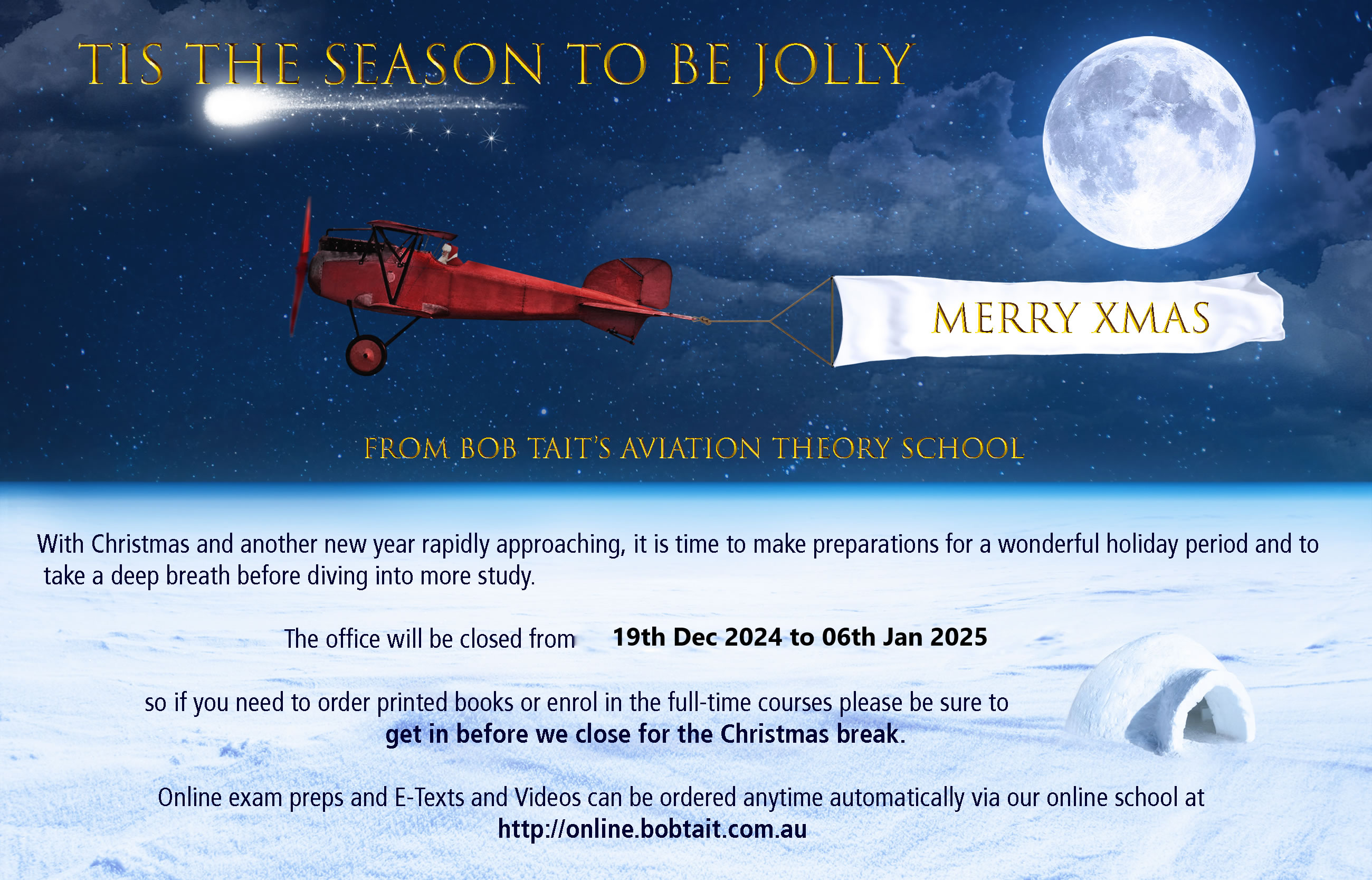Another observation to expand on Richard's comments, if I may.
The question is not really well thought out .. yes, for constant power, a more aft CG will see a small increase in speed. However, looking at the usual performance equations, the significant speed influence on power (and fuel flow for the lightie brigade) is V cubed (eg
web.mit.edu/16.unified/www/FALL/thermody...cs/notes/node97.html so the speed increase will be more academic than really useful. In the link, look at the first term on the RHS of the equation immediately above the graphic).
The more useful flight management option, and the reason that the heavies look to an aft-ish CG for cruise, is to maintain the optimum speed (particularly if a cruise-climb option is available) and save a bit on fuel burn. For instance, going back a few years ago now, QF did some sums for the 744 regarding ultra longhaul range-payload. By a more imaginative than standard fuel use plan, they increased the range-payload capability sufficiently to carry several extra (fare-paying) passengers across the pond ... not something to be sneezed at, looking at annualised figures. If I recall correctly, it was a fleet pilot who started the ball rolling and he did quite a bit of work on the figures off his own bat before he excited much interest in the support organisation.



